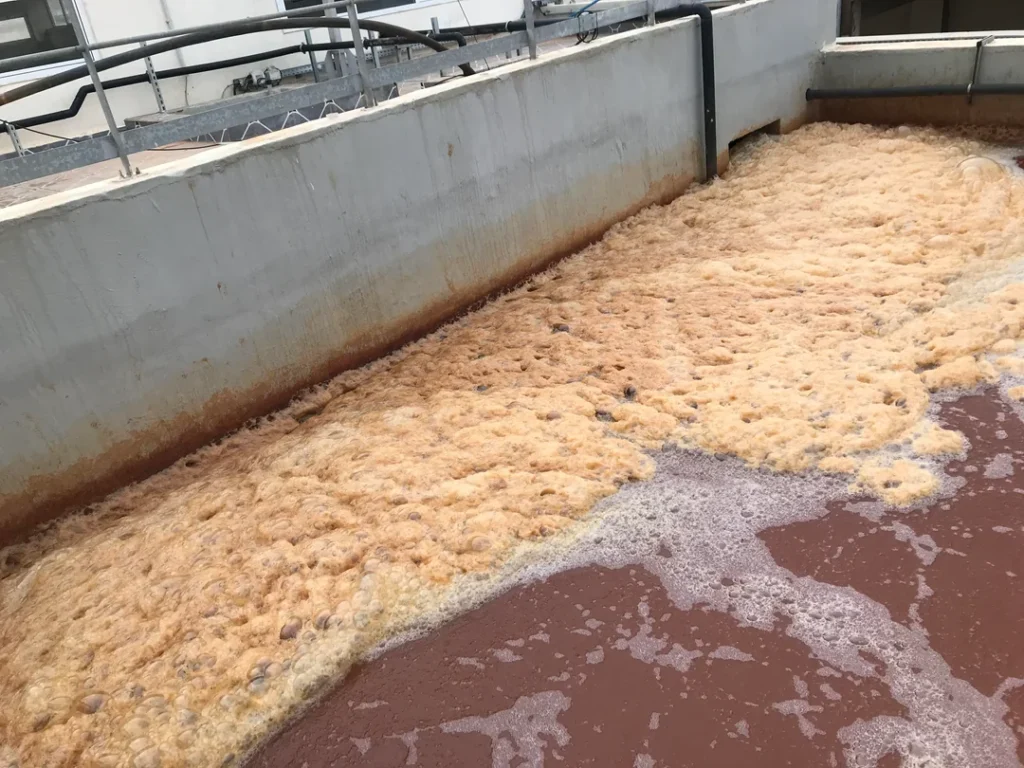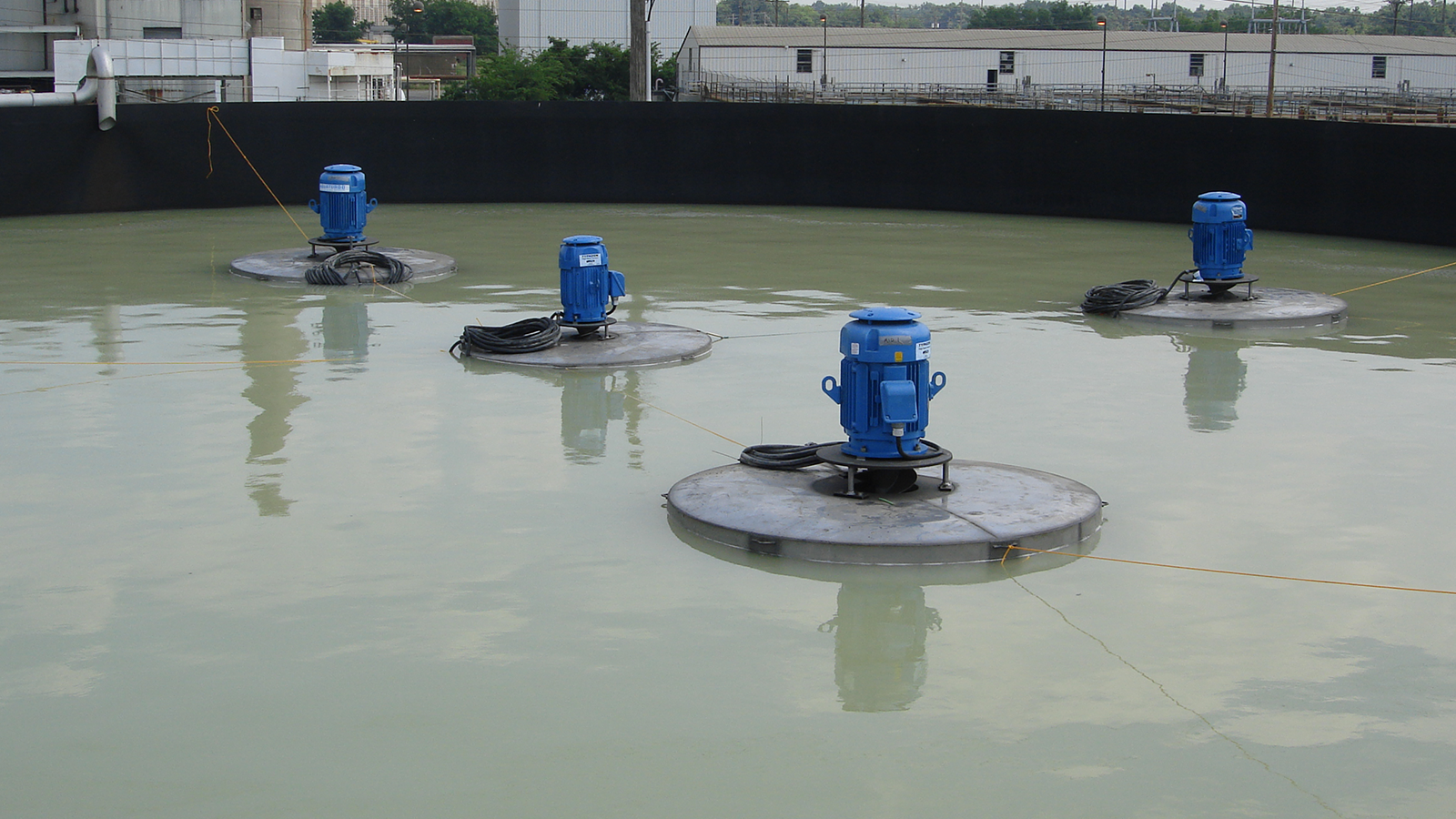What Causes Foaming In Wastewater Treatment Plants

Understanding the Causes of Foaming in Wastewater Treatment Plants
Foaming in wastewater treatment plants is a complex and often challenging issue that can significantly impact the efficiency and effectiveness of the treatment process. To address this problem, it is crucial to delve into the various causes of foaming, understand their implications, and explore potential mitigation strategies. This article aims to provide an in-depth analysis, drawing on scientific insights, operational observations, and practical experiences from the field.
Introduction
Wastewater treatment plants are critical infrastructure for ensuring that domestic, industrial, and stormwater effluents are treated to meet environmental standards before being discharged into the environment. While the process involves several stages—including preliminary, primary, secondary, and sometimes tertiary treatments—each phase can encounter operational challenges. One such persistent obstacle is the phenomenon of foaming, which can obstruct aeration, decrease treatment efficiency, and cause maintenance issues.
What is Foaming?
Foaming is the accumulation of bubbles or froth on the surface of water bodies or reactors, primarily caused by surfactants or surface-active agents. In wastewater systems, these bubbles can capture and rise to the surface due to buoyancy differences, forming stable foam layers that can persist for extended periods if not effectively managed.
Causes of Foaming
The underlying causes of foaming in wastewater plants can be broadly categorized into biological, chemical, and operational factors. Understanding these causes is essential for effectively managing and mitigating foam formation.
1. Biological Causes
a) Microorganisms and Biomass
One of the primary biological contributors to foaming in wastewater treatment systems is the overabundance of certain types of filamentous bacteria. Filamentous bacteria like Nocardia, Microthrix parvicella, and Type 1851 are notorious for producing stable foams due to their hydrophobic cell wall surfaces. Their presence in high numbers can alter the surface tension of the liquid, promoting bubble stabilization.
These bacteria can proliferate due to several reasons:
-
- High Grease and Oil Content: The presence of lipophilic substances can provide nutrients or substrates that favor the growth of these organisms.
-
- Low Dissolved Oxygen: Some filamentous bacteria thrive in low oxygen conditions often seen in poorly managed aeration systems.
-
- Slow Sludge Growth Rates: Systems that do not maintain optimal sludge age or have slow-growing biomass can inadvertently support filamentous bacteria proliferation.
b) Sludge Bulking and Rising Sludge
Bulking sludge, which is characterized by poor settling properties, and rising sludge due to denitrification processes can also contribute to foaming. The presence of nitrous gases in rising sludge can increase the buoyancy and trap air bubbles, resulting in foam.
2. Chemical Causes
a) Surfactants
Surfactants such as detergents, soaps, and various industrial chemicals often enter wastewater systems from domestic and industrial sources. These substances lower the surface tension of water, leading to increased foam production. Surfactants are particularly challenging because they can result in stable foams that are resistant to conventional management techniques.
b) Chemical Reactions
Certain chemical reactions occurring within the treatment processes can contribute to foam formation. For instance, excessive dosing of chemicals used for phosphorus precipitation or pH adjustment can induce foaming if the reactions lead to the inadvertent release of gases or change in water chemistry that stabilize bubbles.
3. Operational Causes
a) Aeration Issues
The aeration process, integral to biological treatment phases, involves the introduction of air or oxygen into wastewater to promote microorganism growth that degrades organic matter. However, improper aeration design or operation, such as excessive airflow rates, can lead to over-aeration and foam generation.
b) Temperature Changes
Temperature has a direct impact on the solubility of gases. Sudden increases in temperature, especially in seasonal facilities or regions with large day-night temperature swings, can lead to increased gas liberation and hence, enhanced foaming.
c) Inadequate Mixing
Poor mixing can create zones with varying concentrations of organics and microorganisms, potentially leading to conditions conducive for foam-promoting pathogens or substances to concentrate and thrive.
Implications of Foaming
Foaming in wastewater treatment plants is not merely an aesthetic or superficial issue. It can have profound implications on the operational efficiency, safety, and cost-effectiveness of the treatment process.
a) Reduced Treatment Efficiency
Foam can act as a barrier, reducing oxygen transfer efficiency into the liquid phase, essential for aerobic microorganism activity. This can lead to suboptimal organic matter breakdown and effluent quality issues.
b) Maintenance and Operational Costs
Persistent foam can require additional resources for removal and management, including increased labor for manual cleaning, higher expenses in chemical defoamers, and potential damage to infrastructure due to overflow or corrosion.
c) Compliance and Environmental Impact
Failure to manage foaming can result in effluent discharge that does not meet regulatory standards, potentially leading to environmental harm and legal consequences for plant operators.
Mitigation Strategies
1. Biological Control
a) Promoting Beneficial Microorganisms
Optimizing the microbial community through controlled environmental conditions can help suppress filamentous bacteria. Regular monitoring and adjustment of parameters such as sludge age, dissolved oxygen levels, and nutrient ratios are essential.
b) Use of Selector Reactors
Selector reactors or zones can be introduced to encourage the growth of floc-forming bacteria over filamentous bacteria, thus minimizing the incidence of foaming.
2. Chemical Control
a) Chemical Defoamers
Applying antifoaming agents or defoamers, typically silicones or polyalcohols, can help reduce foam formation. However, their use must be carefully managed to avoid adverse impacts on wastewater chemistry and treatment efficiency.
b) Surfactant-Targeting Strategies
Advanced treatment methods such as activated carbon adsorption, membrane filtration, or advanced oxidation processes can be employed to specifically target and remove surfactants from the wastewater.
3. Operational Adjustments
a) Aeration and Mixing Optimization
Regular maintenance and calibration of aeration equipment, combined with careful monitoring of air flow rates, can significantly reduce the risk of foam. Advanced sensor technologies and automatic control systems can aid in maintaining optimal conditions.
b) Temperature Management
Where feasible, regulating the temperature within treatment units can help avoid sudden changes that exacerbate foaming. This might involve insulation strategies or temperature control through heat exchangers.
4. Pilot Testing and Monitoring
Conducting pilot studies when implementing new treatment chemicals or processes allows for the evaluation of potential foaming risks. Additionally, continuous monitoring using both visual observations and advanced sensors can provide real-time data to promptly address foaming issues.
Conclusion
Foaming in wastewater treatment plants is a multifaceted issue requiring a comprehensive understanding of its biological, chemical, and operational causes. Effective management strategies that incorporate scientific insights into microorganism ecology and advances in chemical and engineering controls can substantially mitigate foaming challenges. By maintaining a balance between efficient treatment processes and proactive foam control, wastewater treatment plants can ensure compliance, protect the environment, and operate sustainably.
In the ever-evolving field of environmental engineering, continuous research, technological innovation, and operational diligence will remain essential in tackling the complexities of wastewater treatment foaming. Stakeholders ranging from plant operators to regulators must work collaboratively to implement best practices that safeguard both public health and environmental integrity.


